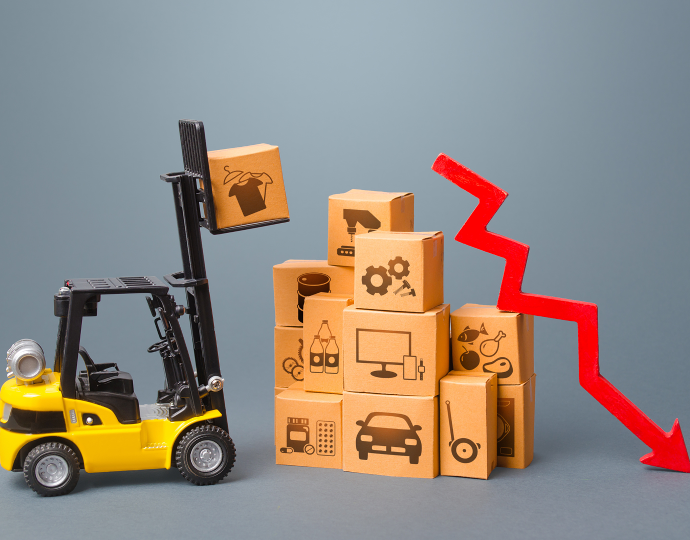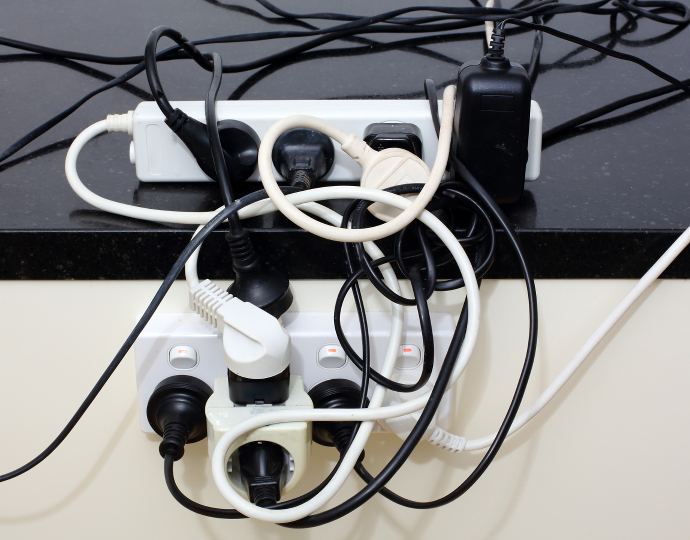Muda, the Japanese term for waste, is a concept that is becoming increasingly relevant in the digital age. As more and more businesses move their operations online, it's crucial to identify and eliminate sources of waste in order to improve efficiency and reduce costs. There are several different types of Muda that can occur in digital processes, and process automation and AI are helping to reduce and eliminate them. This article explores the five most common forms of digital Muda.
1. Overproduction
One of the most common types of Muda in digital processes is overproduction. This occurs when a company produces more of a product or service than is needed by the customer. This can lead to excess inventory and increased costs for storage and transportation. Process automation, through the use of software tools, can help to minimize overproduction by allowing businesses to better predict demand and adjust production accordingly.

2. Waiting
Another common form of Muda in digital processes is waiting. This can occur when a process is delayed, either due to a lack of resources or a lack of communication between different departments or teams. This can lead to delays in delivery and an overall reduction in productivity. Process automation, through the use of workflow software, can help to reduce waiting by streamlining communication and automating tasks, which can speed up the process and increase productivity.

3. Defects
A third type of Muda that can occur in digital processes is defective products. This can be caused by a number of factors, including poor quality control or inadequate testing. This can lead to increased costs for rework and customer dissatisfaction. Process automation, through the use of machine learning algorithms and automated testing, can help to identify and eliminate defects before they reach the customer, reducing costs and improving customer satisfaction.

4. Over-Processing
A fourth type of Muda that can occur in digital process is over-processing, which is often caused by unnecessary steps in a process or outdated procedures. This is also known as “over-engineering”, it leads to unnecessary time and resources being spent on a task. Process automation, through the use of Robotic Process Automation (RPA) and smart automation, can help to eliminate over-processing by streamlining and automating repetitive tasks.

5. Unnecessary Transportation
Finally, a fifth type of Muda that can occur in digital processes is unnecessary transportation. This occurs when data or products are moved unnecessarily during the process, increasing costs and reducing efficiency. Process automation, through the use of cloud computing and data analytics can help to minimize unnecessary transportation by allowing businesses to more easily share and access data and products remotely.

In conclusion, there are several different types of Muda that can occur in digital processes, and process automation and AI are proving to be valuable tools in reducing and eliminating them. By identifying and addressing sources of waste, businesses can improve efficiency and reduce costs. Process automation can be beneficial for overproduction, waiting, defective products, over-processing, and unnecessary transportation. The use of software tools and algorithms can help to streamline processes, automate tasks, and increase productivity.